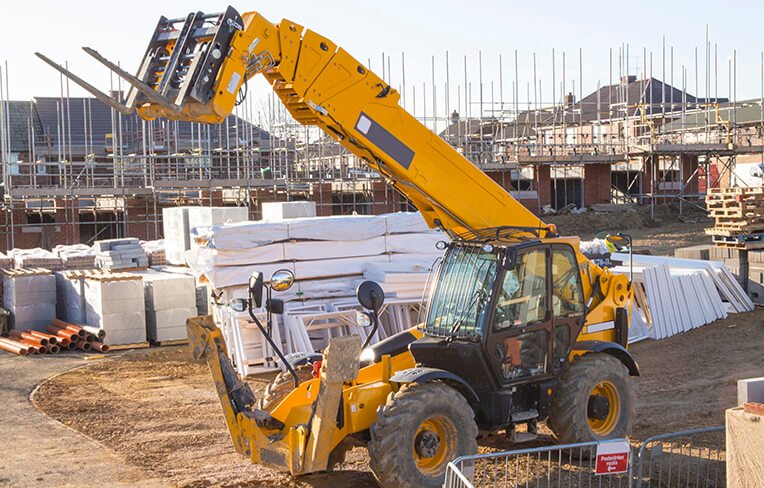Benefits of Proper Forklift Maintenance
Maintaining your forklift fleet is crucial for ensuring operational efficiency, safety, and cost savings. Regular inspections, preventive maintenance, and timely repairs can extend the lifespan of your equipment, reduce downtime, and keep your operators safe on the job.
By investing in proactive maintenance, you can avoid costly breakdowns, minimize repair expenses, and optimize the performance of your forklifts. This, in turn, can improve productivity, reduce operational costs, and enhance the overall reliability of your material handling operations.
Forklift Operator Training and Certification
Proper forklift operator training is essential for ensuring the safety of your employees and compliance with OSHA regulations. By providing comprehensive training, you can equip your operators with the knowledge and skills needed to operate forklifts safely and efficiently.
OSHA-certified training covers topics such as pre-operational inspections, load handling, pedestrian awareness, and emergency procedures. Certified operators are better equipped to identify and mitigate potential hazards, reducing the risk of accidents and injuries on the job site.
Selecting the Right Forklift for Your Needs
Choosing the right forklift for your specific application is crucial for maximizing productivity and safety. Factors such as load capacity, lift height, and maneuverability should be carefully considered to ensure the forklift you select is well-suited for your work environment and material handling requirements.
By selecting the appropriate forklift model, you can improve efficiency, reduce the risk of accidents, and ensure your operations run smoothly. Consulting with a forklift repair and maintenance expert can help you make an informed decision and optimize your material handling capabilities.
Forklift Accident Prevention and Safety Protocols
Implementing robust safety protocols and training programs is essential for preventing forklift-related accidents and ensuring the well-being of your employees. This includes establishing clear policies, providing regular safety training, and implementing effective safety measures such as traffic flow management and pedestrian awareness initiatives.
By prioritizing forklift safety, you can protect your workforce, minimize the risk of property damage, and maintain compliance with OSHA regulations. Investing in a comprehensive safety program can ultimately lead to increased productivity, reduced insurance costs, and a safer work environment for your employees.




